How to remove old wallpaper: a description of the most effective techniques
When starting a renovation, we often think about how to quickly remove old wallpaper from the walls. In most cases, this task is not particularly difficult, but sometimes you have to try to remove the finish completely and with minimal labor. Below we will describe the methods that are the most effective, and accessible to almost everyone.
Mechanical restoration
Spatula and hands
If the tapestries are not held firmly, then we only need a metal spatula to remove them.
Removing one roll in this case will take us no more than a minute:
- At the bottom of the wall, we pry off the wallpaper with a spatula, separating them from the putty or concrete base.
- Then we pick up the freed edge and simply tear off the canvas from the wall, gradually moving away and lifting the material.
Note! It is still better to work with gloves so as not to injure the skin on the palms of the edge of the paper.
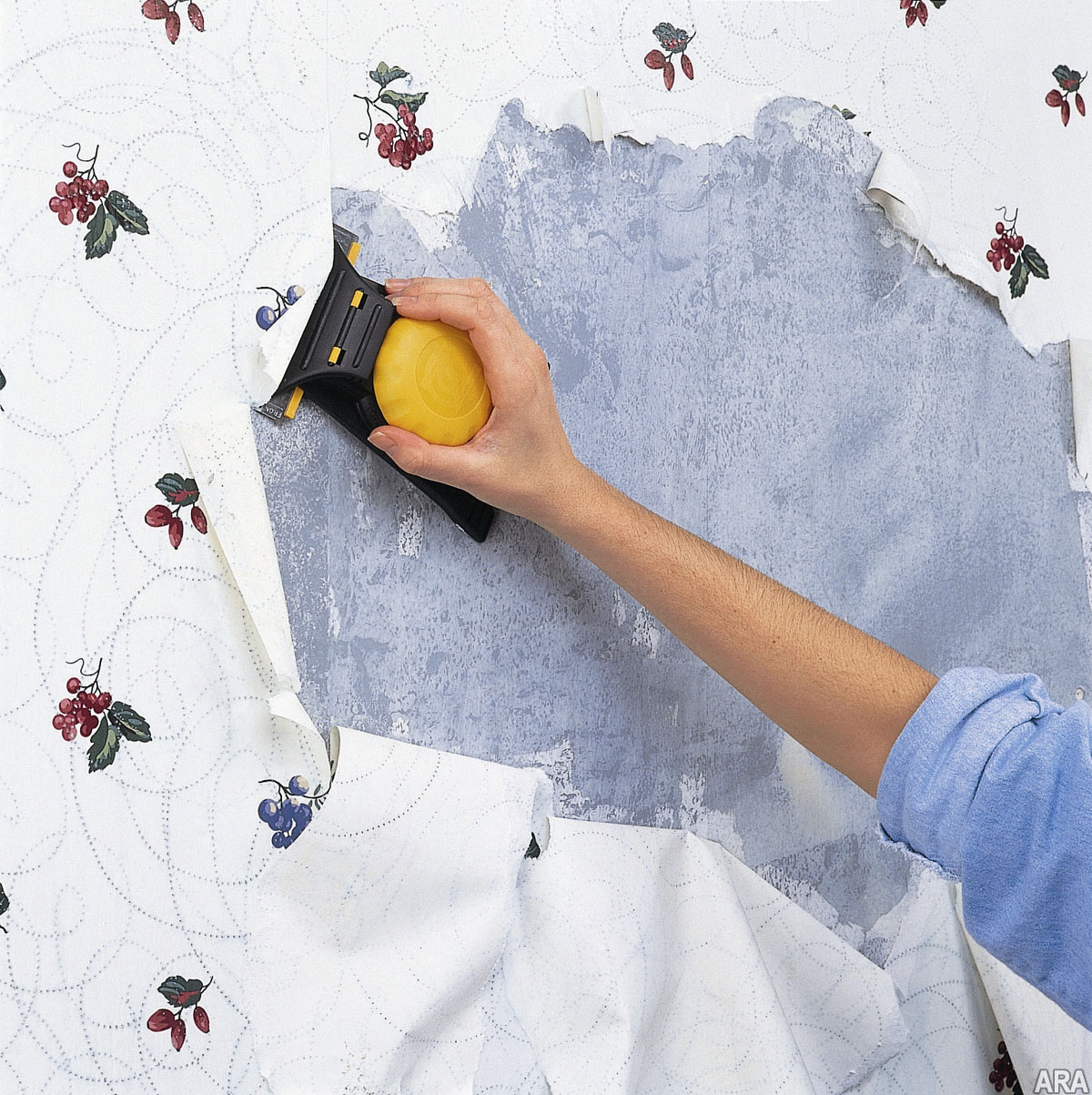
If there is a stepladder, then you can shoot the rolls not from the bottom up, but from the top down. This is even more convenient, since the material will come off under its own weight.
This technique has several tricks:
- To facilitate the work, you should cut the joints between the rolls with a paint knife.
- If in some place the wallpaper is firmly stuck to the wall, it is unnecessary to tear the paper: just pry this area with a spatula.
After such processing, usually a few small fragments remain on the wall, which will have to be cleaned off with your own hands with effort.
Bulgarian and needle roller

For more durable tapestries, we need specialized equipment:
- If the material is pasted on a plastered wall, then the instruction recommends rolling it with a spiked roller before removing it.
- Metal needles, penetrating into the thickness of the wallpaper, reduce the strength of adhesion to the base, and therefore dismantling will require much less effort.
Instead of a roller, you can use a specialized tool - the so-called "wallpaper tiger":
- This device is a design of three rotating rollers mounted on a special nozzle.
- When processing wallpapers, we form a grid of shallow scratches on them, which makes it easier to remove the material from the base.
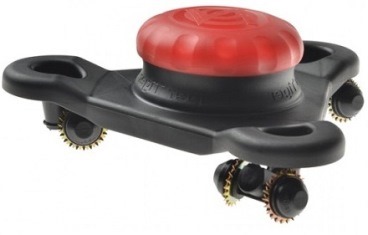
Note! The size of the cutting element is selected so that it does not damage the plaster. So we will save time and effort on preparing the walls for decoration after removing the tapestries.
If this does not help, then “heavy artillery” should be used:
- We put on a special nozzle in the form of a brush made of metal fibers (the so-called brushing brush) on the grinder.
- We brush all surfaces, removing the finish from them.
- The main disadvantage of this method is its excessive intensity: when exposed, the brush removes not only wallpaper, but also putty with plaster.
- Naturally, then the concrete walls will need to be leveled again, and therefore the cost of repairs, as well as the time for its implementation, will increase significantly.
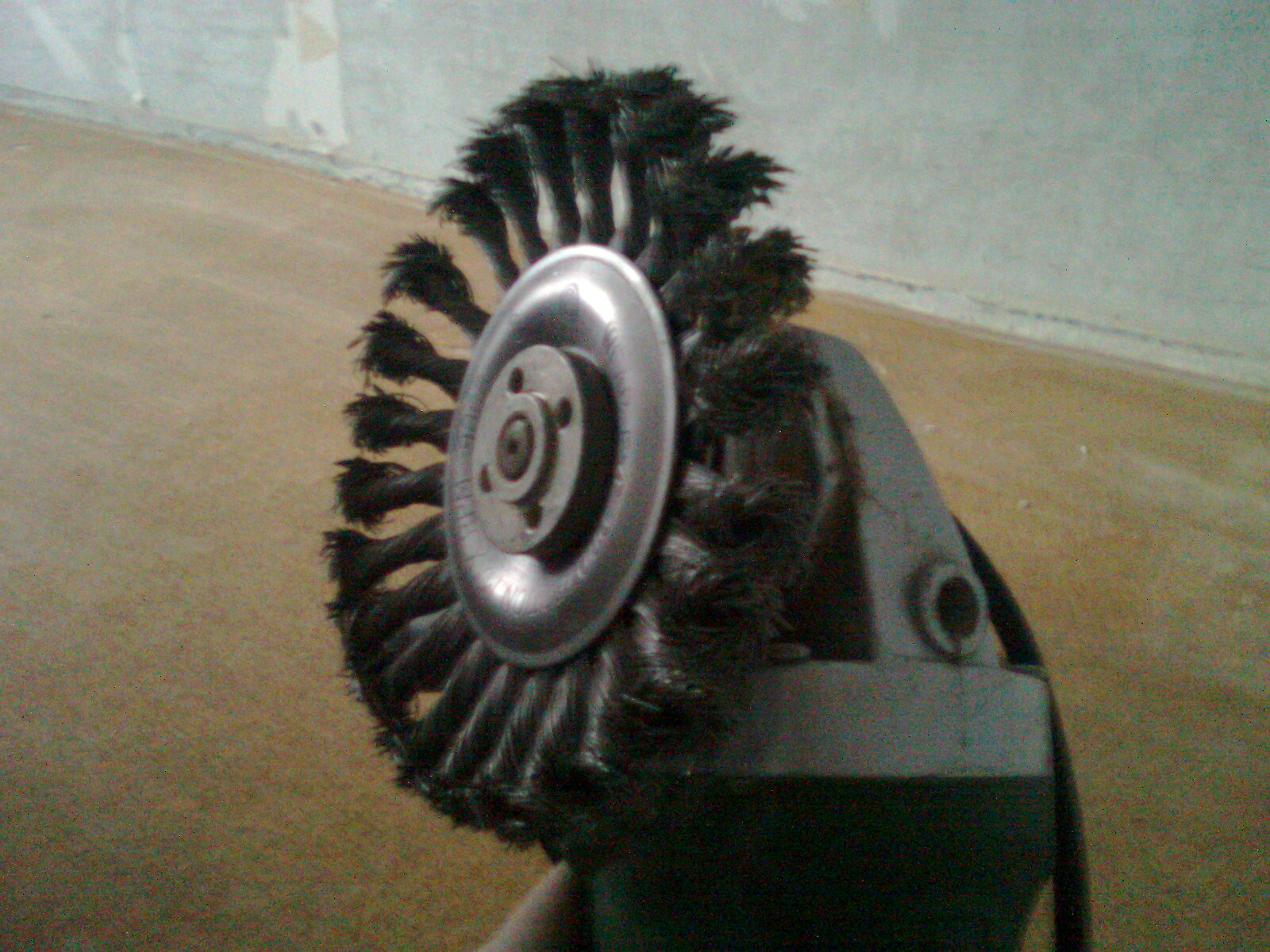
However, the need for such drastic measures is rare. Most often, it is possible to get by with more gentle methods, which we will discuss in the next section.
Use of additional funds
Water and steam
So, we didn’t cope with one spatula or “tiger”, therefore we will look for alternative methods for solving the problem.
The most effective, and at the same time affordable means for removing old wallpaper is plain water:
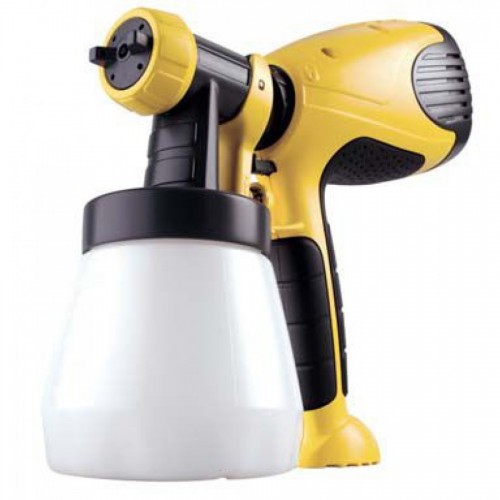
- Pour water into a spray bottle (preferably pneumatic - it will be faster) and spray it on the walls. The denser the material, the more liquid must be applied.
Advice! We turn off the electricity in the room being processed, since drops that have fallen into sockets or wires under the wallpaper can cause a short circuit.
- After 5-7 minutes after wetting, we try to remove the trellis. Usually wet material falls off the wall with little or no effort, but in some cases you will need to help it a little with a spatula.
- To make the process more efficient, use warm water.. It dissolves the glue faster, so we will spend less effort on removal.
- Steam can be used instead of hot water. We iron the most difficult places with an iron with a steam function: as a rule, two or three passes are enough for the tapestries to begin to deform and peel off the wall.
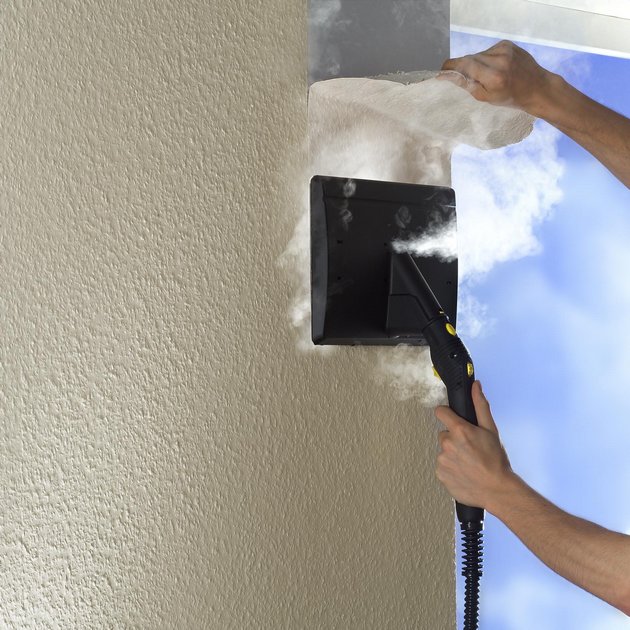
- In addition to the iron, you can also use a vertical steamer or steam generator: this way the work will go faster and household appliances will not suffer.
Naturally, washable wallpaper should not be treated like this. Before spraying liquid or steaming, they must be removed from the protective polymer layer. In extreme cases, the application of small punctures or incisions helps, through which the liquid will flow to the base.
Chemical reagents
If you want to remove the material pasted in accordance with all the rules, then you should use special chemical compounds.
Surface cleaning should be done as follows:
- To begin with, we pry the edges with a spatula and cut the seams between the rolls.
- Then we process the surface with a roller or cut it with the help of a “wallpaper tiger”. The more we damage the outer layer, the better.
Note! If varnish was applied to the wallpaper, then it must be removed with an abrasive, for example, by treating the walls with a sanding bar with coarse sandpaper.
- If possible, remove the vinyl film from the paper or non-woven base. As a rule, the layers of material are separated quite easily.
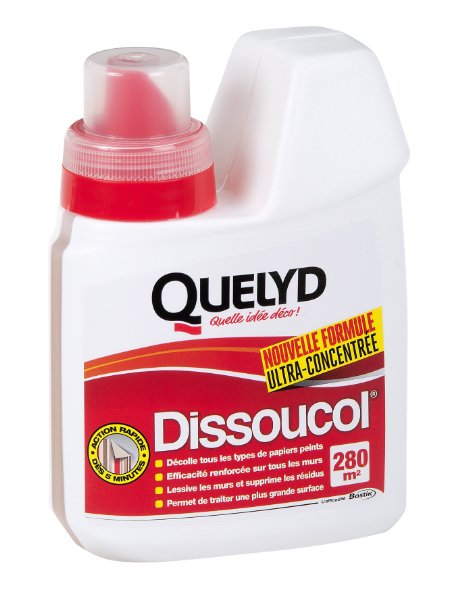
After such preparation, we begin chemical processing:
- Add table vinegar to the water for wetting the tapestries (about 50 ml per 1 liter). Vinegar dissolves glue well, but smells very unpleasant.
- Whiteness (a cap per liter) or dishwashing liquid (1-2 tablespoons per liter) can be used instead of vinegar. To enhance the effect, we dissolve the components in hot water and apply to the walls without waiting for cooling.
- However, special liquids for wallpaper removal (Quelyd Dissoucol, Atlas Alpan and similar) show the best result. Although they are characterized by a rather high price, the active components of these compounds do an excellent job with most adhesive mixtures, dissolving them and reducing adhesion to almost zero.
Note! The main advantage of such products is that they do not damage putty and plaster.
Whatever composition is used, we apply it over the entire surface of the wallpaper. Most of the substance should be concentrated in the middle part of the roll - it is there, as practice shows, that the glue “holds” most firmly.
We withstand solvents on the surface of the tapestries for about 10-15 minutes (for specialized formulations, the time may vary, so you should focus on the manufacturer's recommendations). After that, the tapestries are removed almost effortlessly, and you don’t have to scrape off traces of glue with a spatula either.
